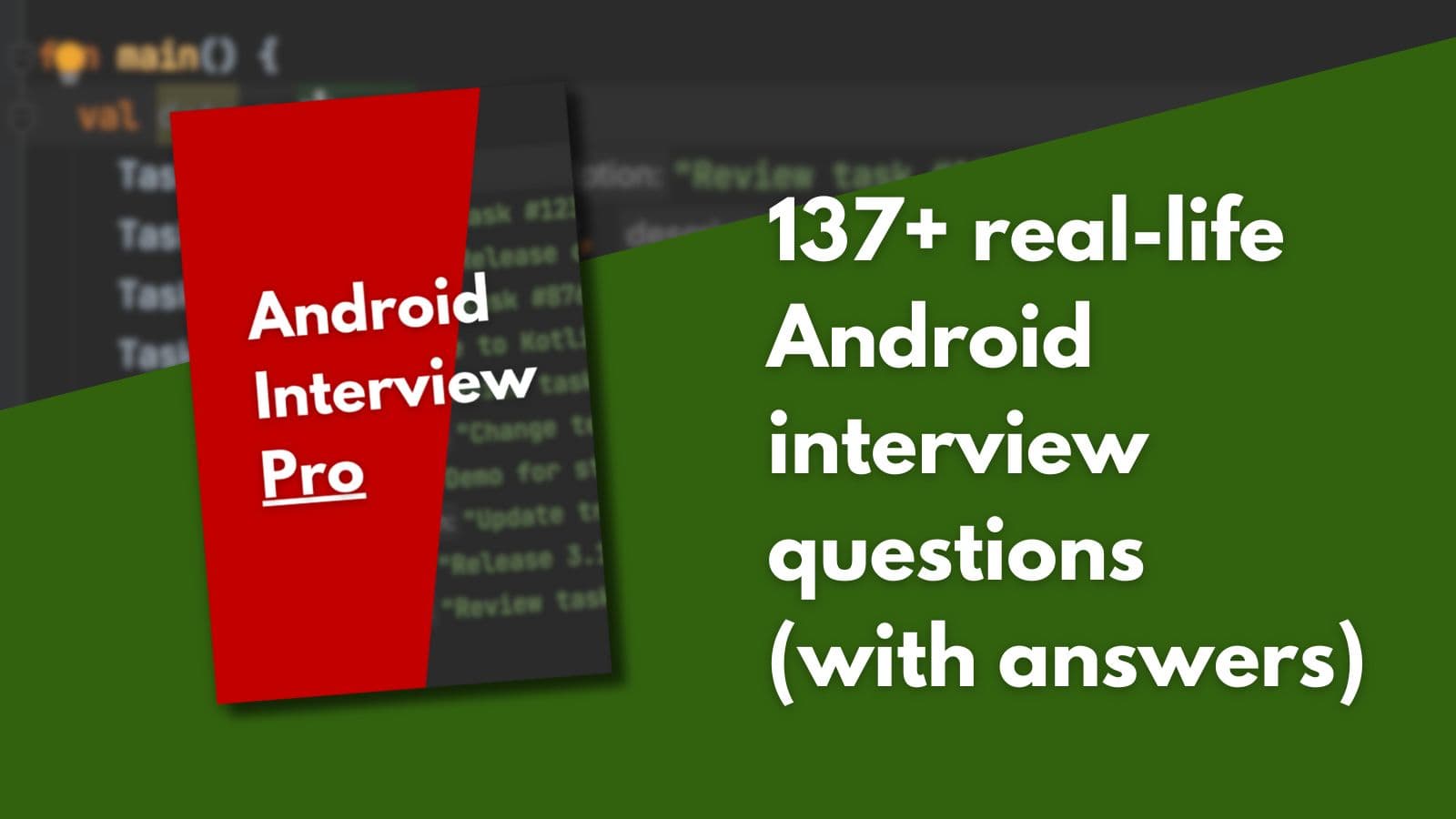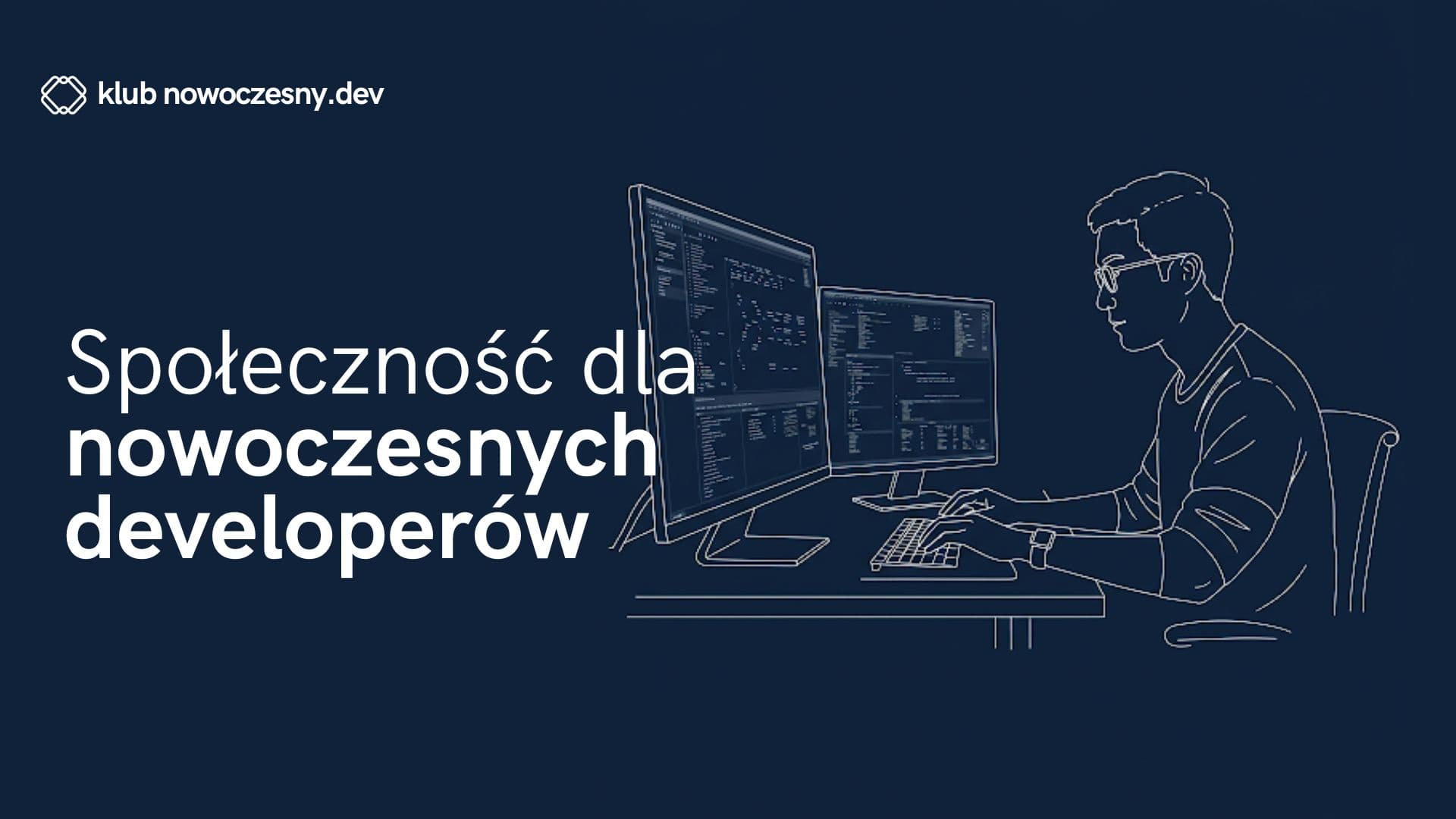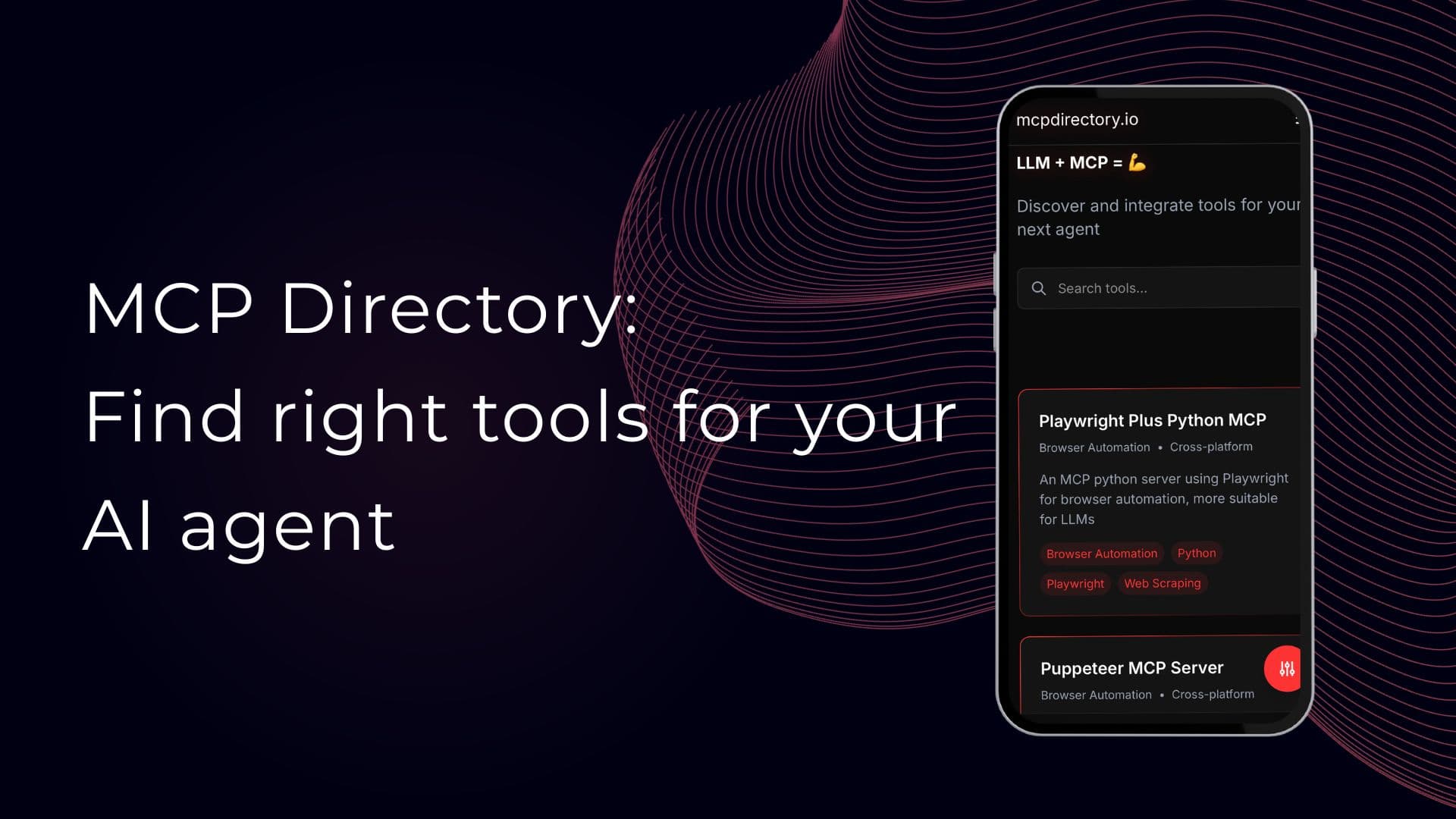
Jarosław Michalik
Android & Kotlin Expert • GDE • Founder of nowoczesny.dev
Workshop
Products
Hack your productivity🇵🇱
ProductPractical techniques to boost productivity

AI Coding eBook — From Idea to App🇵🇱
BestsellerEntry-level AI coding guide - build apps in one evening

MicroSaaS Blueprint eBook🇵🇱
ProductComplete guide to finding MicroSaaS ideas
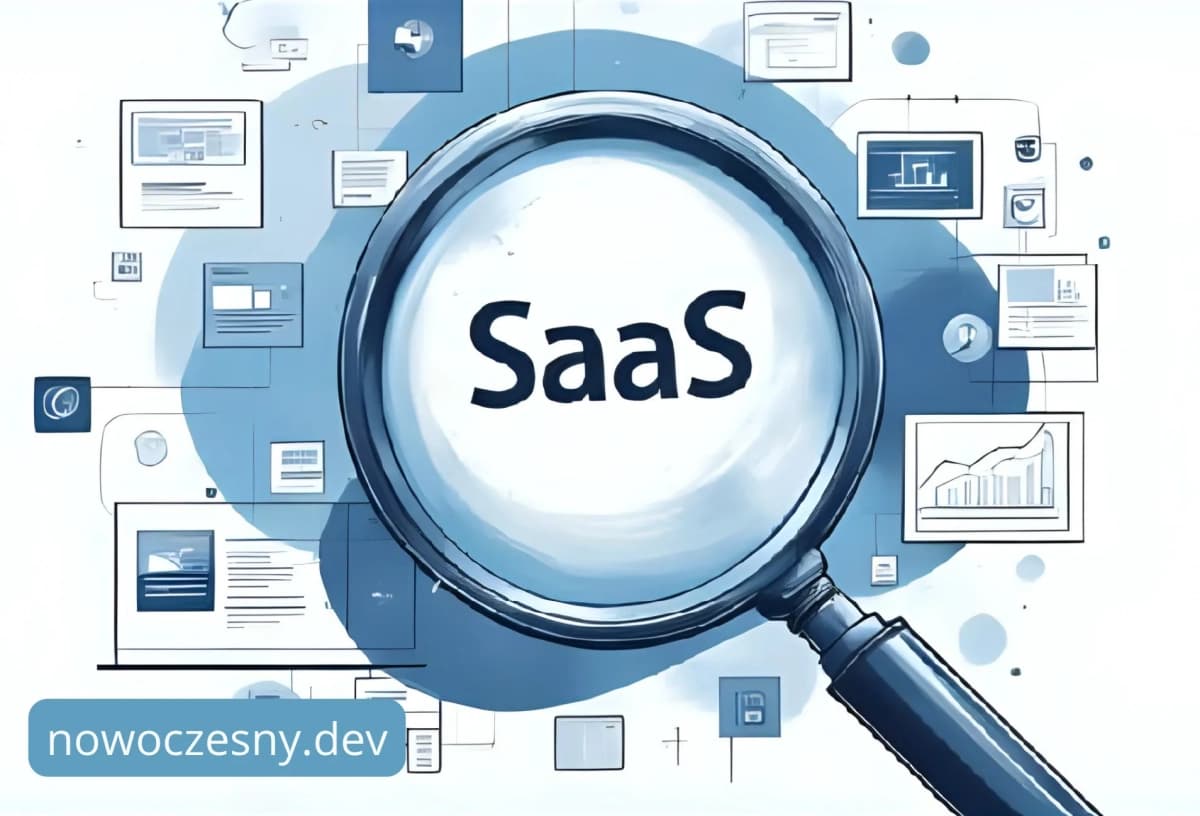
Ollama Local Models Guide🇵🇱
ProductComplete guide to local AI models with Ollama
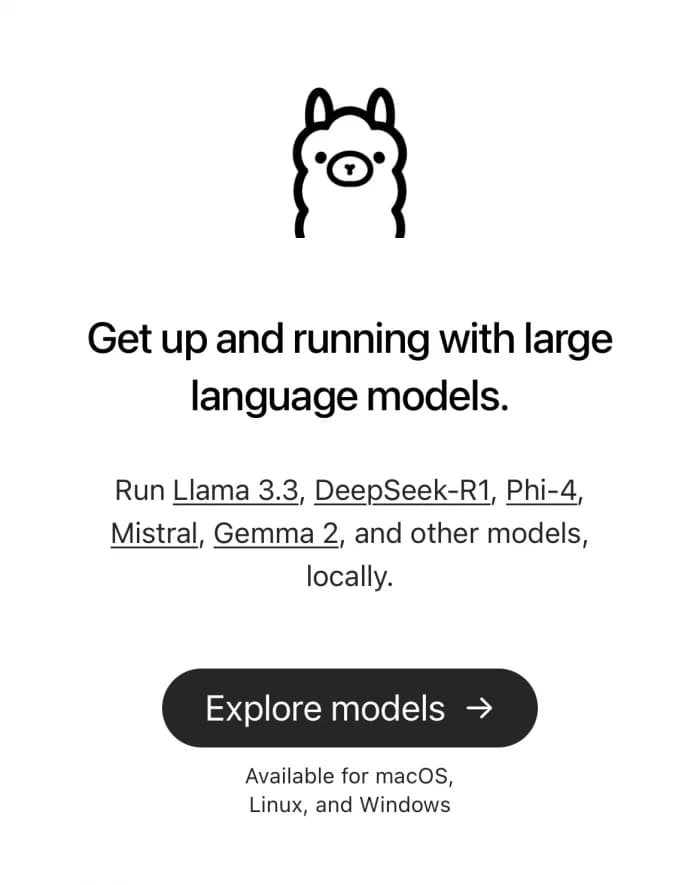
AI Process Mapping Assistant🇵🇱
ProductAI-powered assistant for business process mapping and optimization
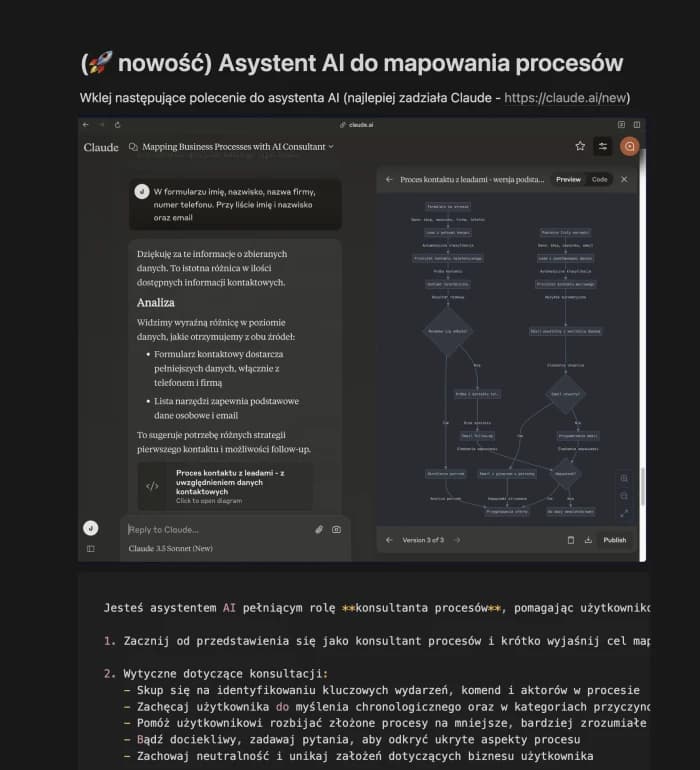
AI Dev Sprint🇵🇱
Program5-week practical program: from idea to working AI-powered app
Praktyczne Automatyzacje + AI dla Biznesu🇵🇱
ProductPractical automation strategies and AI applications for business - save at least 10 hours per month
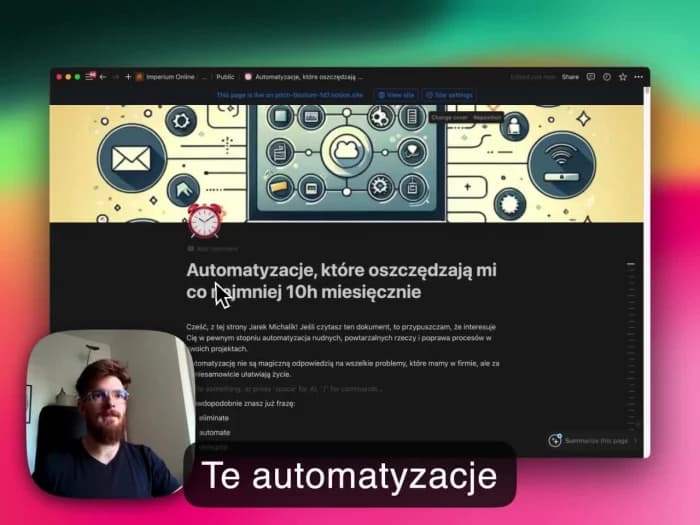
Community
Services
Consultation — theimpl.com
ConsultingBook a technical consultation or mentoring
AI-to-Product Service
ServiceTransform AI-generated prototypes into production-ready products
Fractional CTO
ServiceGet expert technical leadership without full-time commitment

AI Coding Workshop
WorkshopOn-demand AI-assisted coding workshops for dev teams
Content
Tech Talks
TalksSee my talks and workshops
YouTube🇵🇱
YouTubeChannel with content on technology and AI
Podcast — Tech Show by Jarek Michalik🇵🇱
PodcastOn technology, programming, and startups
Substack — Impl🇵🇱
NewsletterDebunking the myths of modern development
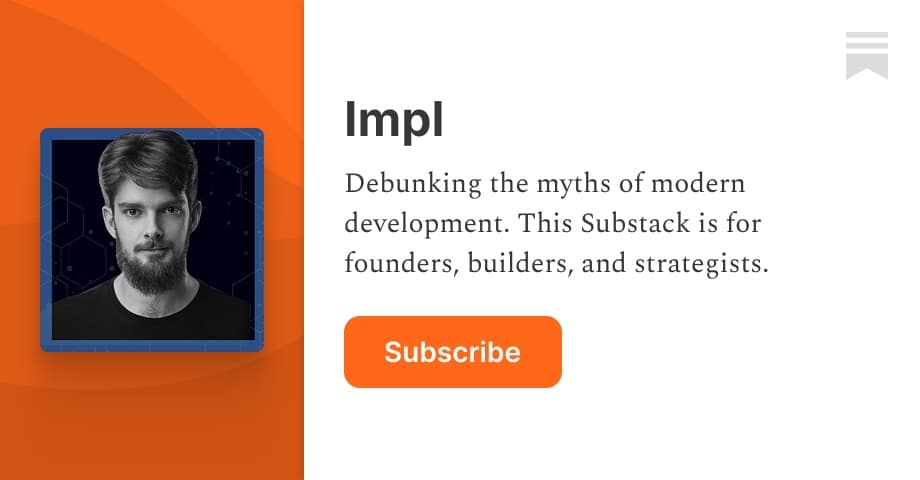
AI Coding Bez Hype🇵🇱
WebinarAI Coding bez hype - webinar

Social
Mobile
Android Course — Opanuj Androida🇵🇱
CourseComplete Android development course with Kotlin and Jetpack Compose

Android Architect Masterclass
CourseMaster Android Architecture in 6 weeks - advanced course
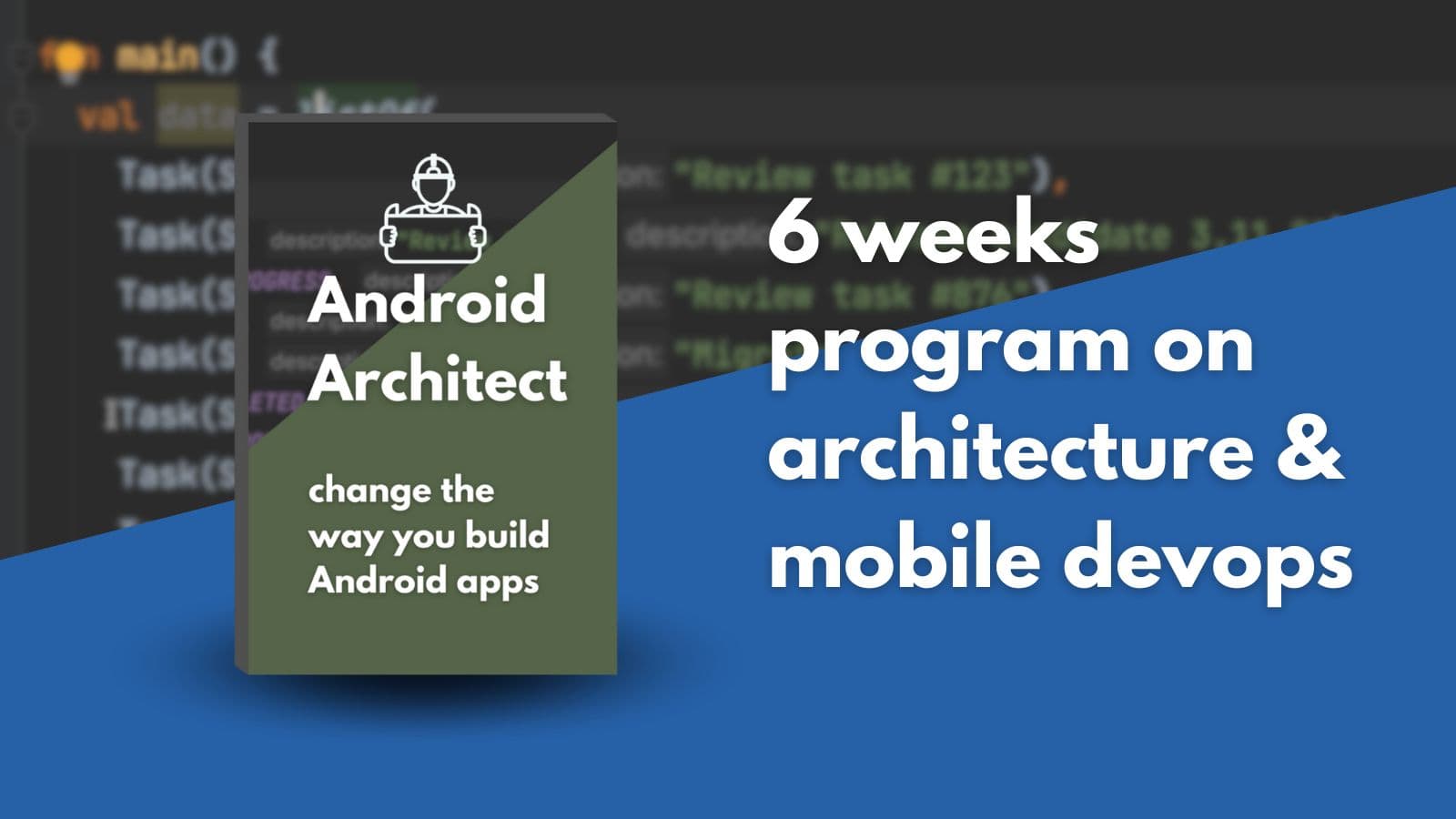
Android Interview Pro
CoursePrepare for Android developer interviews
